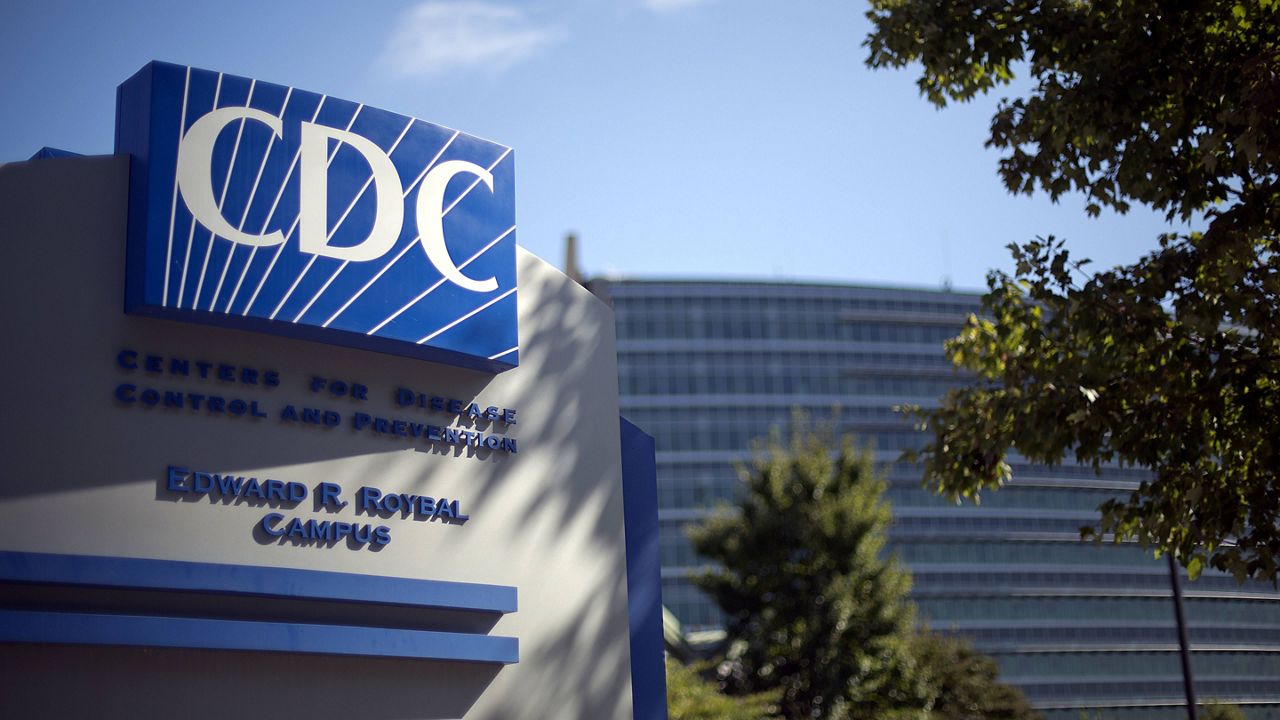The Centers for Disease Control and Prevention issued a nationwide alert to health care providers on Thursday warning that a cohort of children have contracted hepatitis cases of “unknown origin,” asking doctors and parents to be on the lookout for such cases and to report them to local authorities.
Mysterious cases of hepatitis, the general umbrella term for liver inflammation, were reported in Europe last week, when British officials said there had been 74 cases of liver inflammation found in children since January. Additional cases of hepatitis were later identified in Denmark, Ireland, the Netherlands and Spain.
To date, U.S. health officials have confirmed nine cases of “hepatitis of unknown origin” in children between the ages of 1 - 6 years old. All of the cases were located in Alabama, and all of the children were previously healthy.
But the usual viruses that cause infectious hepatitis were not seen in the cases either in Europe or the United States, though the children in Alabama did test positive for adenovirus, a common type of virus that can lead to a range of symptoms and associated conditions.
Of the dozens of adenoviruses, many of them are associated with cold-like symptoms, fever, sore throat and pink eye.
Health officials in the U.S. first spotted five cases of the mysterious hepatitis infection, with significant associated liver damage, at an Alabama hospital in December. A review of hospital data identified an additional four cases, some of whom had tested positive for the adenovirus type 41, which is more typically associated with gastroenteritis.
“No known epidemiological link or common exposures were found among these children,” the CDC said in its Thursday advisory. “A statewide alert to elicit additional cases on February 1, 2022, has not yielded any further reports.”
The CDC is working with health officials in other states to see if there are other clusters of hepatitis, and are continuing to investigate what might be causing the infection – though the leading suspect is a form of adenovirus. The CDC noted that “investigators are still learning more – including ruling out other possible causes and identifying other possible contributing factors.”
Public health officials ruled out any links to COVID-19 vaccines, saying none of the affected children was vaccinated.
The WHO noted that although there has been an increase in adenovirus in Britain, the potential role of those viruses in triggering hepatitis is unclear. WHO said there were fewer than five possible cases in Ireland and three confirmed cases in Spain, in children aged 22 months to 13 years.
The U.N. health agency said that given the jump in cases in the past month and heightened surveillance, it was “very likely” more cases will be detected.
The CDC is asking both health care providers and parents to be on the lookout for possible symptoms of hepatitis in children, which can include fever, fatigue, nausea, abdominal pain, dark urine, joint pain and jaundice.
Hepatitis impacts the liver, which processes nutrients, filters the blood and fights infections. Hepatitis can be life-threatening if left untreated.
The Associated Press contributed to this report.










